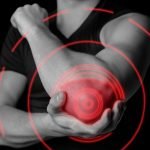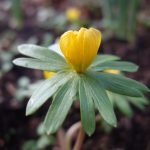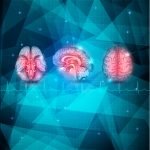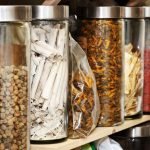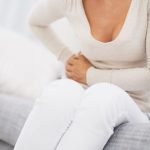Possible Lifelong Problems from Early Antimicrobial Product Use
A team of scientists from Lawrence Livermore National Laboratory have been researching the effects of environmental exposure to triclocarban (TCC), which is an antimicrobial agent common in personal care products as well as the medical field.1 TCC is one of the chemicals used to make antimicrobial soaps and lotions. The current research is showing that it interferes with lipid metabolism, and is transferred from mother to fetus. Since TCC is among the top 10 most commonly detected wastewater toxins, its environmental presence, and exposure is definitely a concern.
Current Research Analyzing Transfer of TCC from Mother to Child in Utero and Breastfeeding
The current research is primarily looking at the transfer of TCC from mother to child in utero, and via breastfeeding. This is the first time this relationship has been looked at formally. The lipid affecting capacity of TCC is specifically worrisome, as its impact could be significant and irreversible to growing organ systems of the fetus and infants. Lipids are crucial for storing energy and structural components maintaining cellular integrity.
Using a Mouse Model, Studies Show TCC-related Compounds were Found in Organs and Tissues of Infants
Though the studies have been conducted using a mouse model, it does indicate that TCC is effectively transmitted from mother to offspring through the placenta and breastmilk. TCC-related compounds were also found in organs and tissues of infants – with higher levels in the brain, heart and fat tissue. The increases in TCC found in test subjects also correlated with a higher fat ratio, and increased hepatic triglycerides.
This research gives crucial data to the ongoing question of whether antibacterial soaps, and other products, are as beneficial and safe as previously thought.
Source
- Enright HA, Falso MJS, Malfatti MA, et al. Maternal exposure to an environmentally relevant dose of triclocarban results in perinatal exposure and potential alterations in offspring development in the mouse model. PLoS ONE. 2017;12(8):e0181996.
Image Copyright: <a href=’https://www.123rf.com/profile_korzeniewskidaniel’>korzeniewskidaniel / 123RF Stock Photo</a>
 Node Smith, associate editor for NDNR, is a fifth year naturopathic medical student at NUNM, where he has been instrumental in maintaining a firm connection to the philosophy and heritage of naturopathic medicine amongst the next generation of docs. He helped found the first multi-generational experiential retreat, which brings elders, alumni, and students together for a weekend campout where naturopathic medicine and medical philosophy are experienced in nature. Three years ago he helped found the non-profit, Association for Naturopathic ReVitalization (ANR), for which he serves as the board chairman. ANR has a mission to inspire health practitioners to embody the naturopathic principles through experiential education. Node also has a firm belief that the next era of naturopathic medicine will see a resurgence of in-patient facilities which use fasting, earthing, hydrotherapy and homeopathy to bring people back from chronic diseases of modern living; he is involved in numerous conversations and projects to bring about this vision.
Node Smith, associate editor for NDNR, is a fifth year naturopathic medical student at NUNM, where he has been instrumental in maintaining a firm connection to the philosophy and heritage of naturopathic medicine amongst the next generation of docs. He helped found the first multi-generational experiential retreat, which brings elders, alumni, and students together for a weekend campout where naturopathic medicine and medical philosophy are experienced in nature. Three years ago he helped found the non-profit, Association for Naturopathic ReVitalization (ANR), for which he serves as the board chairman. ANR has a mission to inspire health practitioners to embody the naturopathic principles through experiential education. Node also has a firm belief that the next era of naturopathic medicine will see a resurgence of in-patient facilities which use fasting, earthing, hydrotherapy and homeopathy to bring people back from chronic diseases of modern living; he is involved in numerous conversations and projects to bring about this vision.




